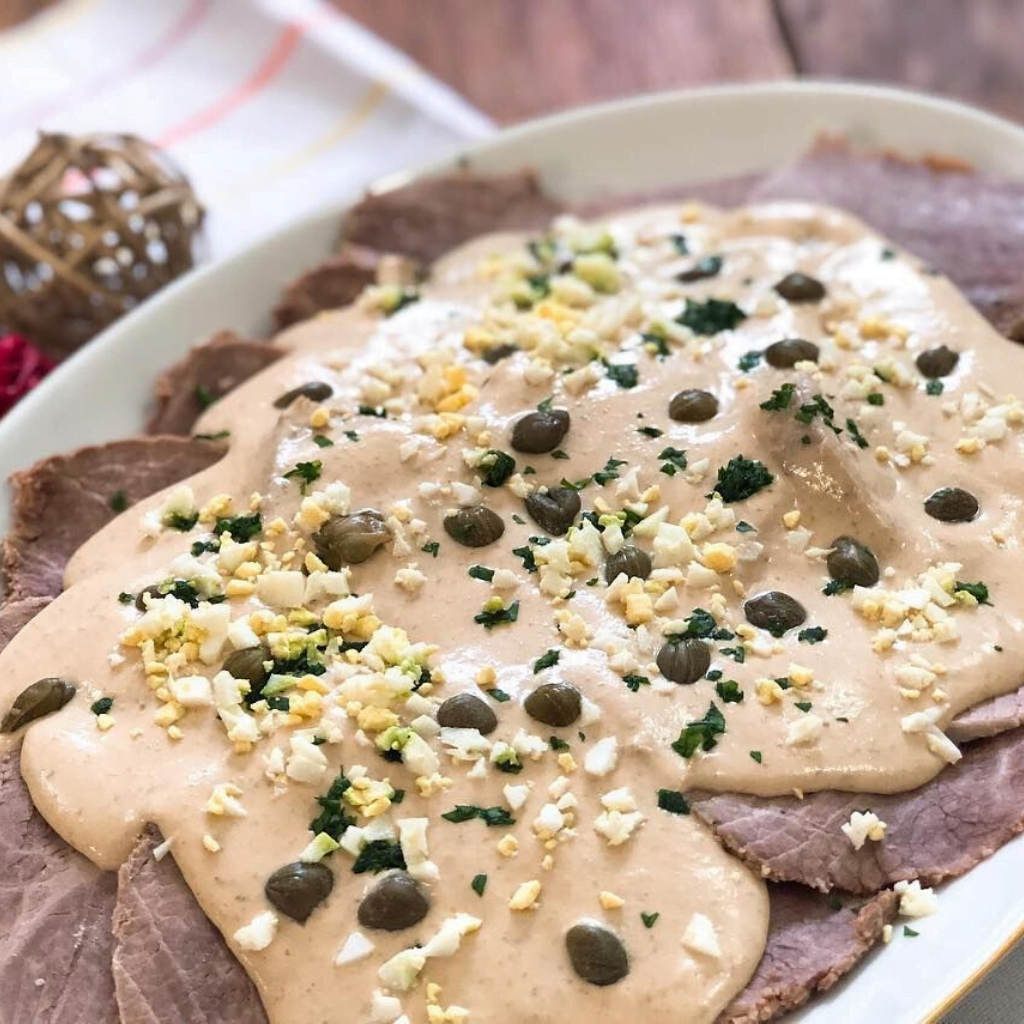Have you ever wondered how we spend Christmas all the way down in the southern hemisphere? Certainly, there is not snow, gingerbread or reindeer. Still, we have many traditional preparations, meals and celebrations that make this time of the year very special to us!
Getting Ready for Christmas
Preparations for the holiday start early in December, as houses start looking pretty, embellished with lights and flowers. Main doors tend to display a Christmassy touch as well, with red and white garlands hung on them. People usually decorate the inside of their homes, particularly their living rooms, which feature wreaths of green, gold, red and white flowers.
The main star of the decorations, however, is the Christmas tree, often ornamented with laces, tassels, candles, colored lights, small gifts and even tiny figures of Papá Noel, the name Santa receives in Spanish. Also important is the role that the Pesebre -Christmas crib- plays in the holiday decorations. Figurines depicting the Nativity Scene are usually placed near the tree. Both the tree and the crib are usually put up on December 8th, which, for Catholics, marks the day of the Immaculate Conception.
This is mostly how we prepare our homes for Christmas, beautifying our spaces with traditional colors and figures. However, there is yet another side to getting ready for this occasion: the choosing of gifts that will be opened later on. Much like in the northern hemisphere, children write letters to Papá Noel to ask him for gifts. Strangely enough, the figure of Papá Noel has not been adapted to the weather in the country, so the image children have of him is with winter clothes!
Actually Celebrating: Christmas Eve and Christmas Day
Christmas Eve is especially significant in Argentina. Families come together for dinner and they might attend mass before digging in the Christmas feast, which does not consist of only one traditional savory dish, as is the case for example with turkey for Thanksgiving Day. Instead, people often prepare a variety of traditional dishes from which include roasted pork, vitel toné -slices of veil served with a creamy anchovy and tuna sauce-, stuffed tomatoes, a selection of salads and sandwiches and the very popular torre de panqueques, a sort of sandwich “cake” made with several layers of tortillas with different fillings. The dessert options are also varied and range from pan dulce, or panettone, cakes and fruit salad with ice cream.
We usually finish having dinner just before midnight, so that we have time to toast the passing of Christmas Eve into Christmas Day. The toast is usually accompanied with sweet bites, such as chocolate-coated raisins, tree nuts, as well as popular sweets like mantecol, a much loved semi-soft nougat made from peanut butter.
It is also when the clock strikes 12 that the gifts are exchanged and opened. This is the moment that kids enjoy the most and some of them might even get the chance to see Papá Noel himself laying the gifts around the X-mas tree! The next step is the lighting of fireworks. Watching its colorful lights has become a core part of the celebration in Argentina, so much so that sometimes you can still hear the sound of fireworks popping at the break of dawn on Christmas day.
When Christmas day arrives, we have already been celebrating for hours, so it is great that it is a designated day of rest. We take this day, then, to relax and continue the feast started the evening before. We meet our relatives or friends again, heat up the leftovers, and eat and celebrate till the sun sets.
This is what a typical Christmas celebration looks like in Argentina. We hope you have enjoyed our post and wish you a Merry Christmas and a Happy New Year!










